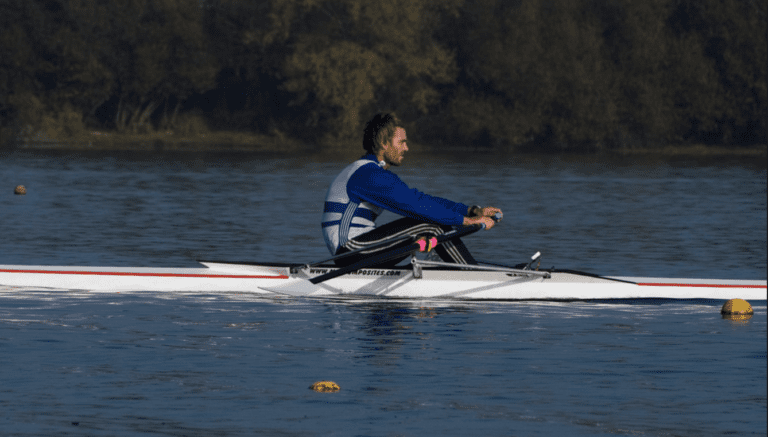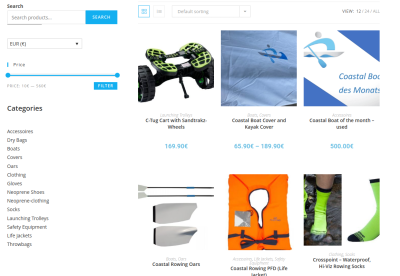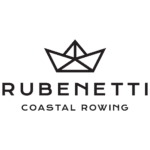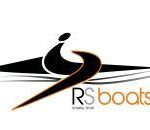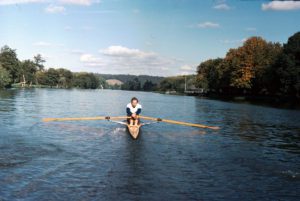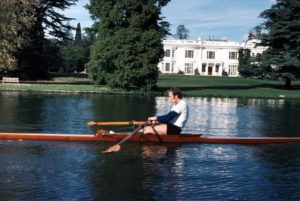We continue with our posts about exercises to improve your technique.
This is a variation on single strokes or pause paddling that we have already talked about. The athlete rows for 3 strokes and then does the pause on the third stroke. They easy at the hands-away-position in high balance with blades off the water. While in this position they press down on the handles twice – pushing the oar spoons higher off the water, then down to touch the surface, then press down again and roll forward to complete the recovery and take two more normal strokes.
To teach the drill
First practice in a stationery position, get the athlete to sit in the ‘safe’ position legs straight and arms straight and oars flat on the water. From this position, teach them to press down on the handles – this must be symmetrical and lift the oar spoons off the water keeping the boat balanced. Repeat this A LOT. Leave the oars feathered. The idea is to familiarise the athlete with the feeling of weight in their hands from the whole oar mass and then to control a press downwards which does not un-balance the boat. They need to make confident movements or else the surface tension on the water holds the oars onto the water’s surface.
Then progress to doing the same movement as a pause paddling drill. For beginners, I allow them to touch the water with the sculls in the bounces. I.e. they press down on the handle (lifting oar spoons into the air), then raise handles and oars touch the water’s surface, then press down on the handles again lifting off the water. This ensures there is one point of perfect balance and stability in the exercise while they perfect the amount of pressure needed on the handles.
For the more advanced athlete, they do the bounce without touching the water so the oars go from normal ‘high balance’ in the recovery to a super-high balance with the handles nearly touching their thighs.
This teaches weight in the handle, how to move both arms symmetrically and to hold the boat balance in the handles (not the feet, body or head moving).
